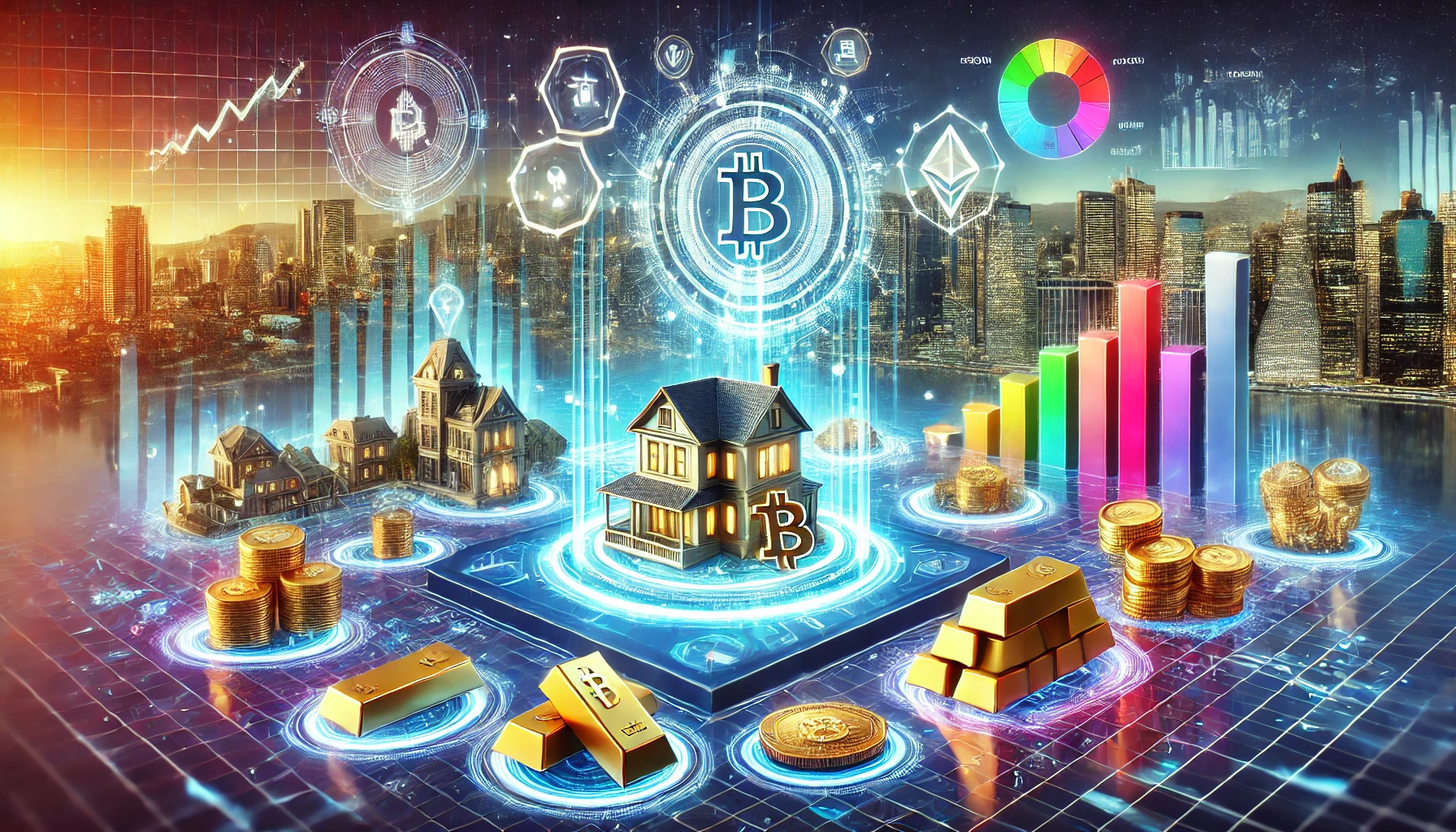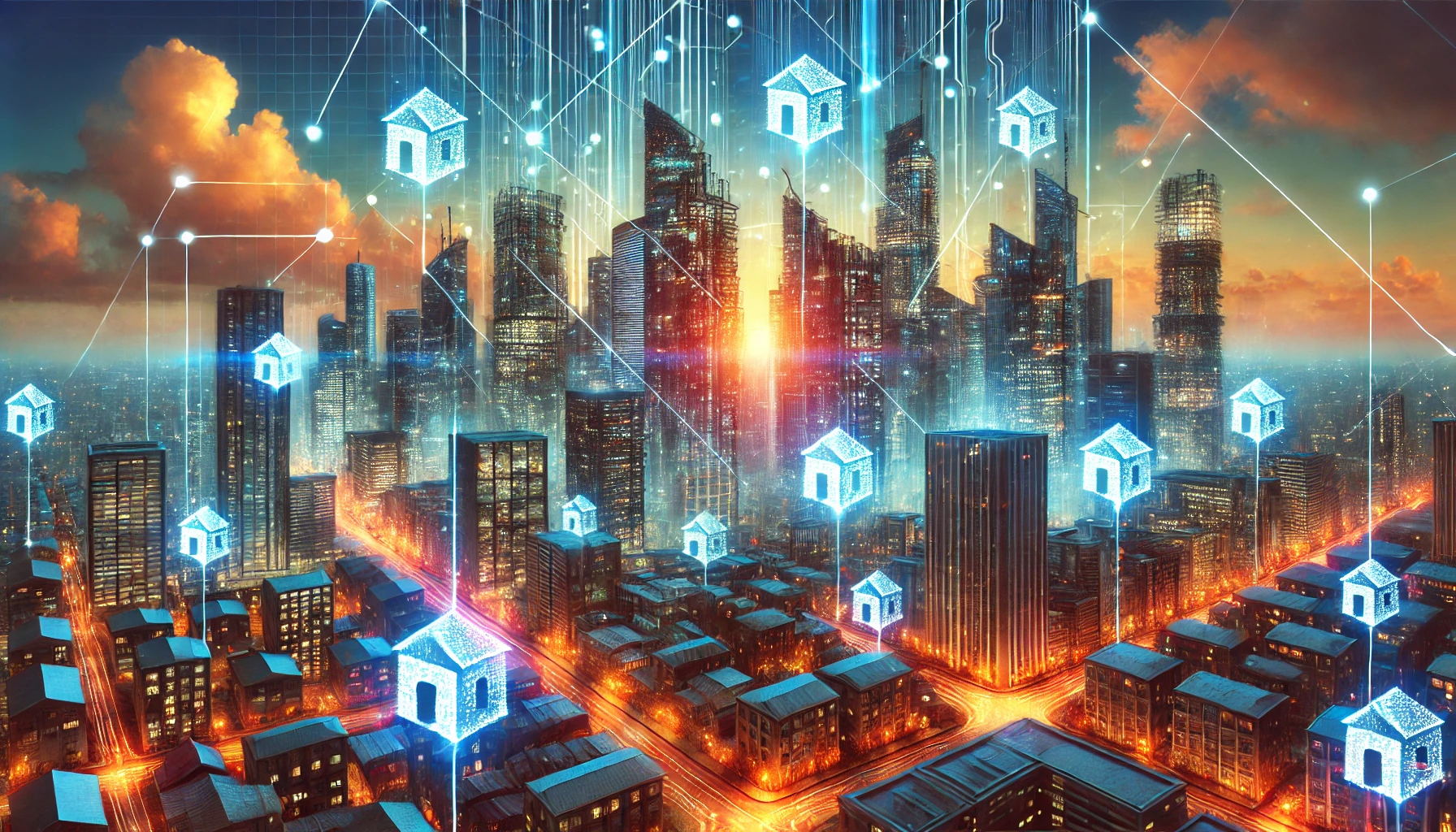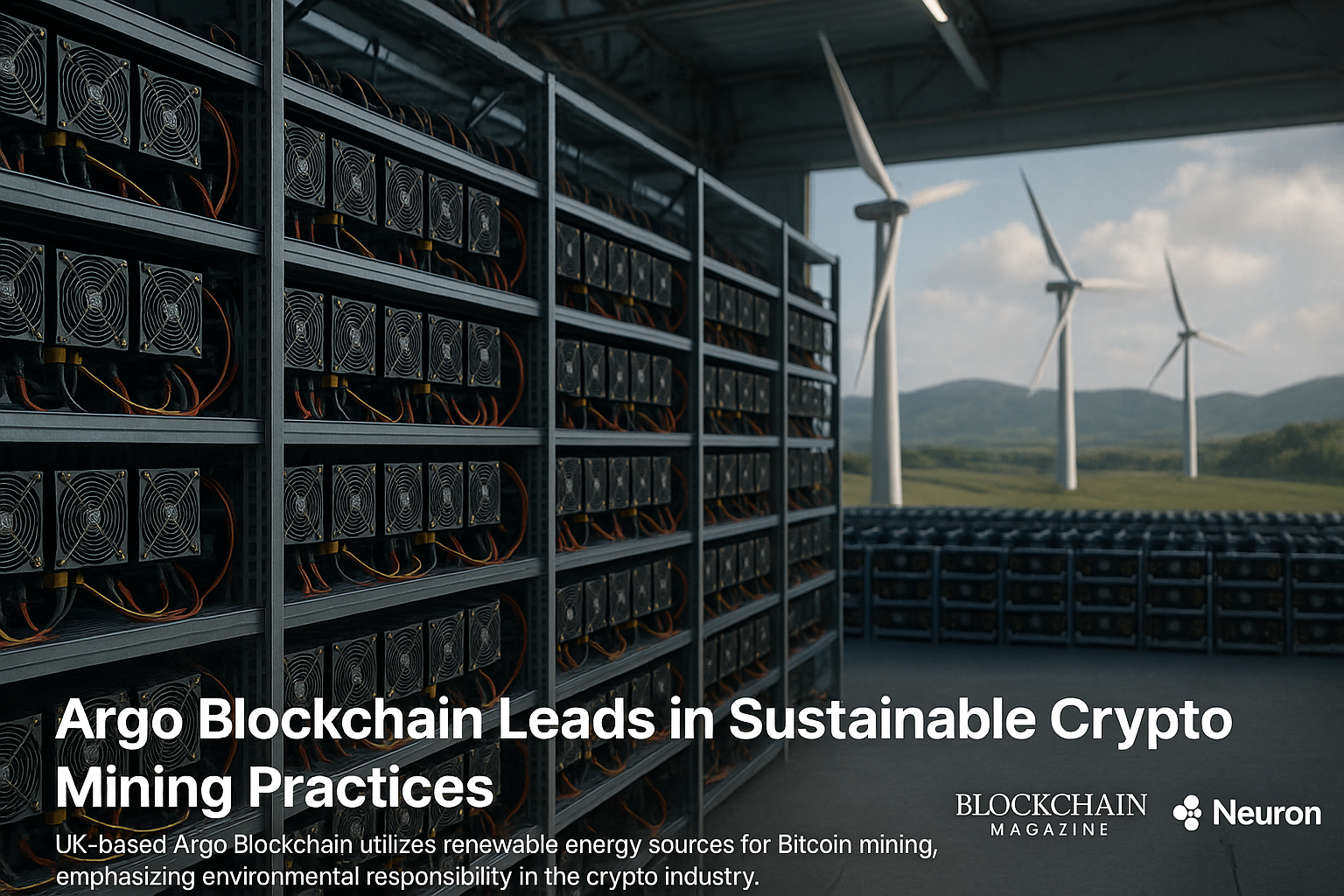The tokenization of real-world assets (RWAs) has emerged as a transformative force in global finance, redefining how we think about ownership, liquidity, and investment accessibility. This trend has the potential to unlock trillions of dollars in illiquid assets, making them more accessible to a broader range of investors while enhancing transparency and efficiency.
What Are RWAs?
RWAs encompass tangible and intangible assets that can be tokenized and represented digitally on a blockchain. Examples include real estate, commodities, fine art, intellectual property, and even income streams such as royalties. By leveraging blockchain technology, these assets can be divided into smaller, tradable units, enabling fractional ownership and greater market participation.
The Current State of RWA Tokenization
Market Trends
The tokenization market has seen rapid growth in recent years. Reports suggest that the global RWA tokenization market could exceed $16 trillion by 2030. This surge is fueled by technological advancements, increasing regulatory clarity, and rising institutional interest in blockchain-based financial products.
Notable Use Cases
- Real Estate: Platforms like Propy and RealT allow investors to buy tokenized shares in properties, democratizing access to lucrative real estate markets.
- Commodities: Gold, silver, and other commodities are being tokenized to provide investors with an alternative to traditional ownership models.
- Private Equity: Tokenization enables easier access to private equity investments, traditionally reserved for institutional investors.
Advantages of RWA Tokenization
- Increased Liquidity: Illiquid assets like real estate can be divided into smaller tokens, making them easier to trade on secondary markets.
- Fractional Ownership: Investors can own fractions of high-value assets, lowering the barrier to entry.
- Transparency: Blockchain’s immutable ledger ensures clear ownership records and transaction history.
- Global Accessibility: Tokenized assets can be traded 24/7 across borders, broadening market access.
- Cost Efficiency: Automation through smart contracts reduces the need for intermediaries, lowering transaction costs.
Challenges to Overcome
Despite its potential, RWA tokenization faces hurdles that must be addressed:
- Regulatory Uncertainty: Differing regulations across jurisdictions can create compliance challenges.
- Technological Barriers: Blockchain infrastructure must scale to handle the complexity of tokenized assets.
- Investor Education: Many investors are still unfamiliar with the concept of tokenization and its benefits.
Future Projections
The future of RWA tokenization looks promising, with several developments likely to shape its trajectory:
- Increased Institutional Adoption: Major financial institutions are already exploring tokenization platforms, signaling mainstream acceptance.
- Enhanced Regulation: Governments worldwide are drafting regulations to support secure and compliant tokenization practices.
- Integration with DeFi: RWAs are set to play a significant role in decentralized finance (DeFi), enabling asset-backed lending and yield generation.
The rise of RWAs marks a pivotal moment in the evolution of global finance. By bridging the gap between traditional assets and blockchain technology, tokenization offers unprecedented opportunities for investors and issuers alike. While challenges remain, the ongoing advancements in technology, regulation, and market adoption suggest that RWAs could indeed be the next big thing in finance.
As this space continues to grow, staying informed and agile will be key for investors and businesses looking to capitalize on this revolutionary trend.




